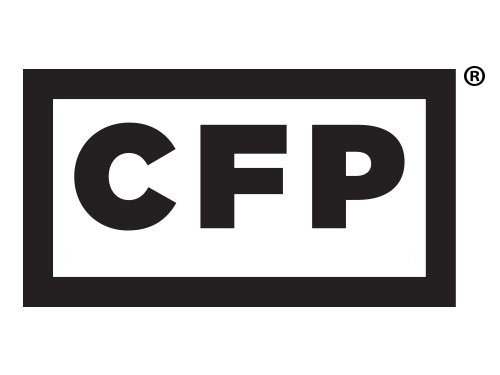If you don’t rebalance your portfolio on a regular basis, you are missing out on a secret weapon. In the words of Burton Malkiel, the great Princeton economist, author of Random Walk Down Wall Street and friend to investors everywhere, re-balancing is a secret weapon in that it “forces you to sell high and buy low."
Rebalancing is all about taking the time, on a yearly or quarterly basis, to bring your portfolio back to your target asset allocation. Selling assets that have risen and using the cash to buy assets that have fallen and are thus cheaper is a great way to take risk off the table and and juice your returns.
By rebalancing on a periodic schedule, you are forcing yourself to sell high and buy low when other, less disciplined investors, are doing the opposite.
Now your target allocation may not be the same as your neighbors but the goal of rebalancing works the same for everyone. It minimizes unnecessary risk by ensuring that your portfolio isn’t overly dependent on one asset class or investment. No one asset class will stay in favor forever and that is the point of rebalancing. As you don’t know what asset class is going to be hot or cold next year, rebalancing helps you make the most of diversification. So it may be hard to trim back on a winning mutual fund or ETF, but doing so allows you to protect your gains and reposition your portfolio to take advantage of changes in the market next year.
Not sure your portfolio has the right asset allocation? Need help re-balancing? Want to make sure you aren't over-paying for your mutual funds? Sounds like you are ready for a Portfolio Check In. Click here to make an appointment.
Investing involves substantial risk and has the potential for partial or complete loss of funds invested. Investments mentioned may not be suitable for all investors. Before investing in any investment product, potential investors should consult their financial advisor, tax advisor, accountant, or attorney with regard to their specific situation.




